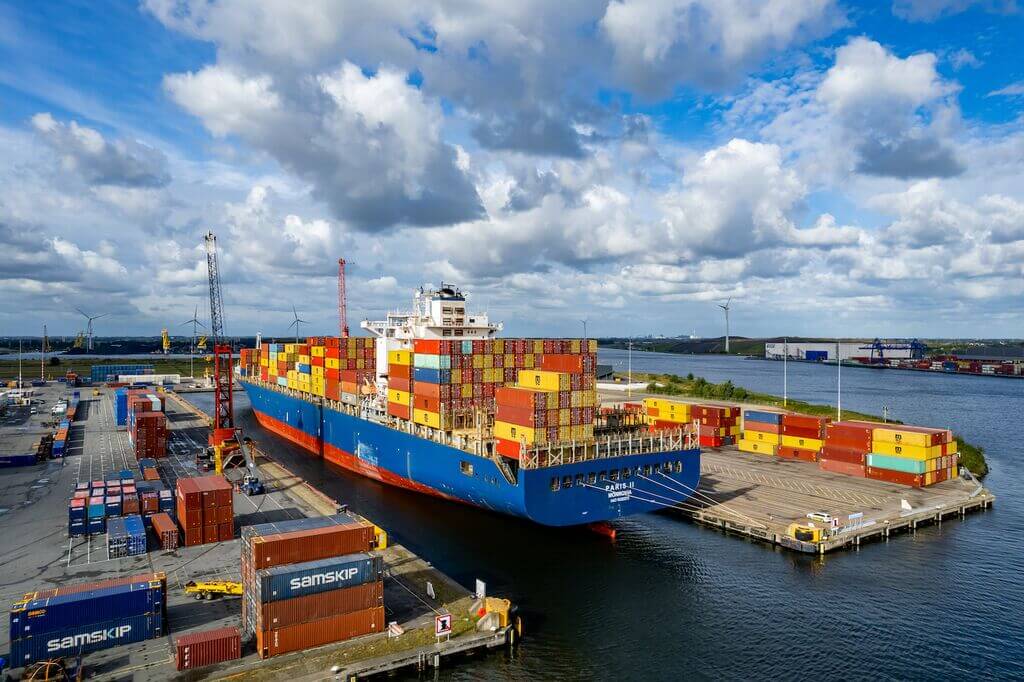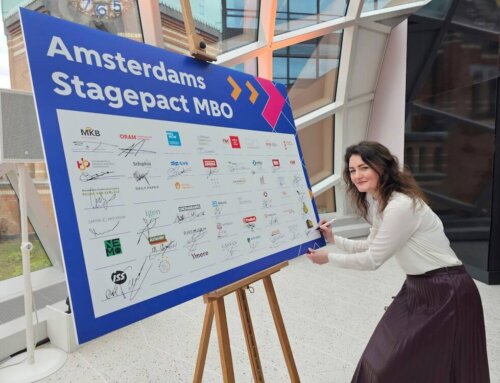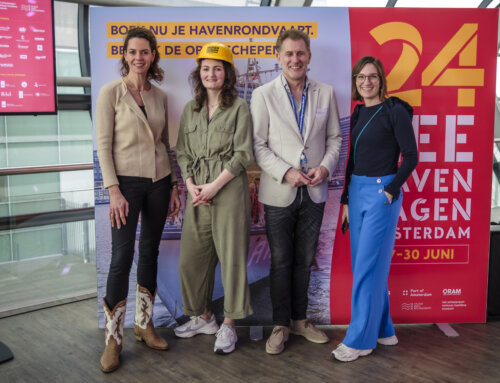Turbulent year for Amsterdam port but increase in land allocation and transhipment
Transhipment at the Port of Amsterdam rose to 78.6 million tons in 2022. Port of Amsterdam's report further reports revenue of €181.5 million and a decline in earnings to €44.1 million due to inflation and one-time costs for Zeesluis IJmuiden. 2022 was marked by recovery from the corona pandemic, the war in Ukraine and the global energy crisis that followed.

Total transshipment in Amsterdam in 2022 was higher than expected, reaching 78.6 million tons compared to 71.3 million tons in 2021. The war in Ukraine broke out in February 2022, causing geopolitical tensions. A new energy crisis arose, affecting the storage and transshipment of energy products.
Petroleum products transshipment fell 3 percent to 34.5 million tons. Coal transshipment increased 37 percent to 14.2 million tons in 2022. Agribulk transshipment increased 3 percent to 6.8 million tons. We took back 62.1 hectares of land and issued 46.7 hectares to new customers. Our site stock increased by 15 hectares as a result. We can use that space again for energy transition and circular activities.
Higher turnover, lower result Turnover rose 10 percent to €181.5 million in 2022, compared to the year 2021 in which turnover was €163.1. The largest increase can be seen in seaport dues, which rose by €7.4 million to €60.4 million due to an increase in transshipments, particularly of energy products. Inland port dues rose to €7.7 million in 2022 from €7.1 million the year before. Contract revenues also showed an increase to €103.6 in 2022 from €97 million in 2021. Despite an increase in seaport dues revenue and contract revenue in 2022, net income was lower than in 2021. This amounted to €44.1 million in 2022 compared to €52.9 the previous year due in particular to one-time costs for the sea lock.
Future-proof
Koen Overtoom, CEO Port of Amsterdam: "We look back on the year in which the IJmuiden Sea Lock was opened, which firmly secures our position as the sustainable energy port of the future. Future-proofing is also the goal for starting the Future Proof Goverance program of which the Young Board, a body consisting of young colleagues, is a part. With this program, we involve the young generation within the organization in governance and decision-making processes. We therefore see discrepancies between the short and long term that create dilemmas. For example, since 2017 we have been working to end coal import, storage and transit in the Port of Amsterdam. In 2022, however, we faced an increase in coal transshipment. That increase was due to the extremely high gas price and reduced gas imports from Russia into the European Union. On the other hand, we also took steps in 2023 to completely phase out coal in 2030. For example, we did not renew the contract of one of the three coal terminals and, as of January 1, 2023, we took back 12 hectares of land that we will use for non-fossil activities''. 2023 In 2023, we continue to work on the implementation of the 2021 - 2025 strategy. The development towards a sustainable port is central. We are working on major investments that will contribute to this, such as the development of shore power at Cruise Port Amsterdam and making our fleet more sustainable. Among other things, by putting the hydrogen-powered flagship Neo Orbis into service. We are also investing in the accessibility of the port by deepening the waterways and port basins. This will partly weigh on operating costs for 2023. For throughput figures and associated turnover, we do not foresee any major changes for 2023.


